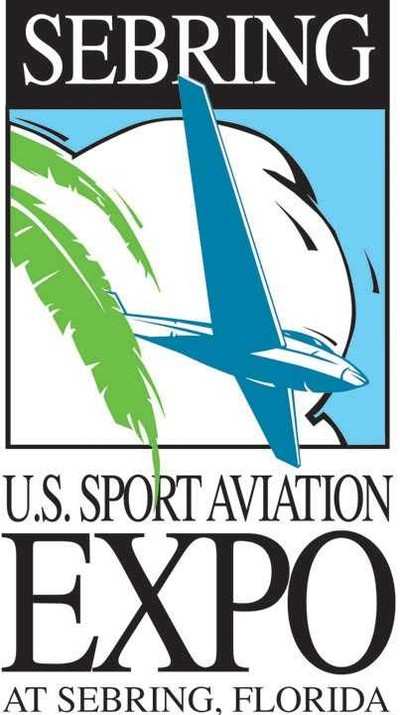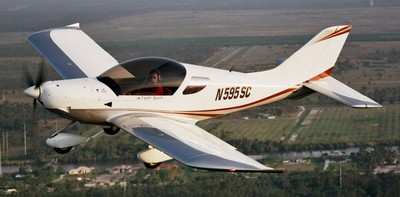At The Sport Aviation Expo In Sebring, FL You’ll See Lots Of LSA’s That Looks Simple And Easy To Fly; But Don’t Forget The Importance Of Transition Training
As an already certificated pilot, when we hear the term, “transition training,” it’s commonly associated with moving to a more complex airplane. Because special-light sport aircraft (S-LSA) have simplicity regulated into their design, it’s easy to not correlate them with the need for transition training. After all, aren’t they just little two-place planes like a Cessna 152?

The short answer to this question is, no. They can be quite different from the little Cessna or Piper you learned to fly in, and they are certainly different from any high-performance airplane you may be qualified to fly. An S-LSA is a factory-built airplane certificated under the new industry certification standards. They can be great airplanes, but they are also different in many ways from FAA type certificated airplanes.
Through discussions with various S-LSA sellers, we’ve come to the conclusion that more S-LSAs are being purchased by already certificated pilots than by new sport pilots. This is an anecdotal survey, but it leads to the question of transitioning existing pilots into S-LSAs.
The need for transition training is not just related to increased complexity; it’s needed to help change your pre-programmed way of doing things, even if the changes appears to be less difficult than in previous aircraft.
As much as we love the venerable Cessna trainers, their design and flight handling grew out of the 1940s. Most S-LSAs are designed with completely new technology, and in many cases, new construction materials. Remember, many of them can cruise at speeds pushing 120 knots, while sipping less than 5 gallons of fuel per hour. An S-LSA is not a Cessna 150; something had to change!

When we say the words, “light-sport aircraft,” place the emphasis on the word, “light.” The rules allow the maximum weight of an LSA to be 1,320 pounds (1,430 pound for water operation), but some models come in below that number. This means an S-LSA may be more than 17 percent lighter at maximum weight than a Cessna 150, and between 30 to 40 percent lighter when empty.
In general, an S-LSA that that meets the allowed LSA performance limits has more ponies per pound and less supported weight by the wings (lower wing loading) than the typical general aviation planes we are used to flying. It’s the lower wing loading and weight that make them somewhat different from what you might be used to. This equates to lower inertia and means the plane may decelerate faster in the landing flare.
Many S-LSAs use a control stick rather than a control wheel. Some have a center mounted single-stick that both pilots can reach, and others have “between-the-legs” dual sticks. Some have a direct steering nose wheel while others have a castering nose wheel steering controlled by the brakes. Speaking of brakes, some of the S-LSAs have toe-brakes but many use a single hand-break.
A lot of S-LSAs have new, hi-tech instrument displays. If you’re used to winding the clock, you’ll have to learn the new stuff. You may need a couple hours of training in some S-LSAs just to understand how the instrumentation works.
Regardless of how much pilot experience you have, don’t be surprised if it takes more than “once around the patch” to feel comfortable in an S-LSA. Transitioning to an S-LSA will give you a new perspective for the term, “high performance.”
(Image from file)
 ANN's Daily Aero-Term (05.09.24): Hold Procedure
ANN's Daily Aero-Term (05.09.24): Hold Procedure ANN's Daily Aero-Term (05.06.24): Altitude Readout
ANN's Daily Aero-Term (05.06.24): Altitude Readout ANN's Daily Aero-Linx (05.06.24)
ANN's Daily Aero-Linx (05.06.24) Airborne-NextGen 05.07.24: AI-Piloted F-16, AgEagle, 1st 2 WorldView Sats
Airborne-NextGen 05.07.24: AI-Piloted F-16, AgEagle, 1st 2 WorldView Sats Aero-News: Quote of the Day (05.07.24)
Aero-News: Quote of the Day (05.07.24)




